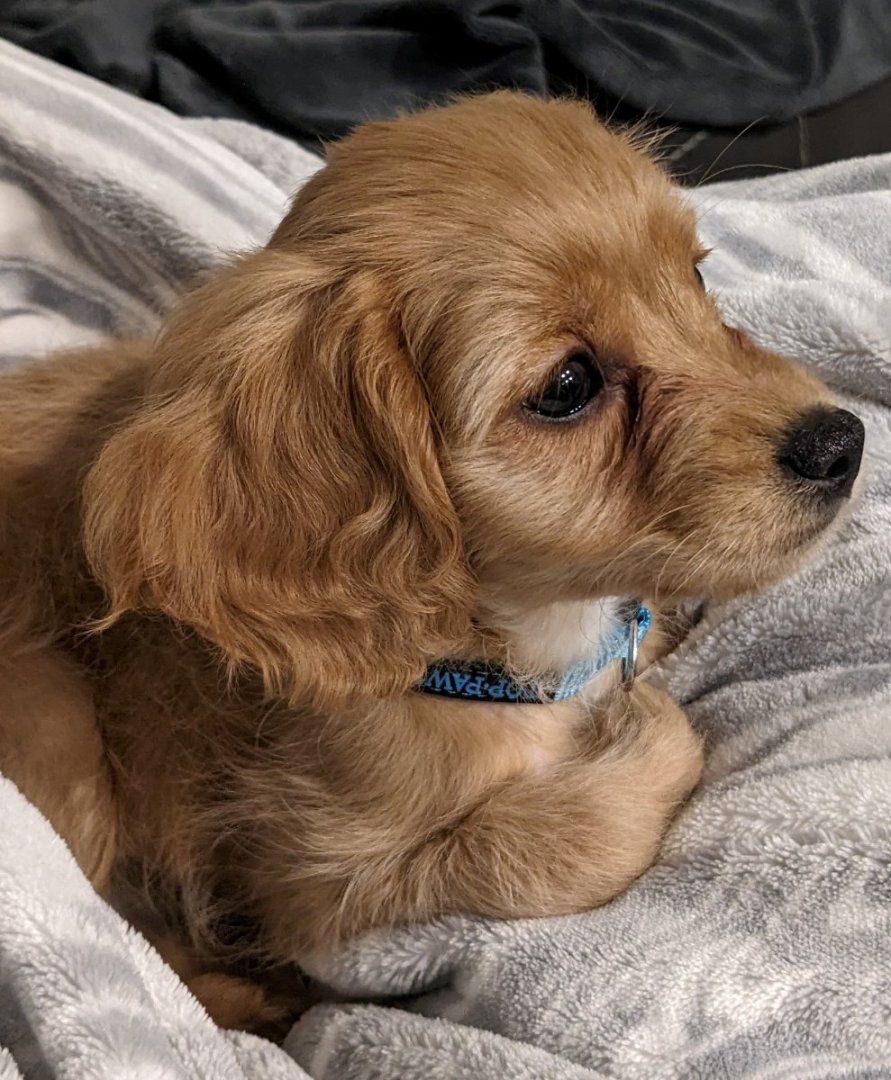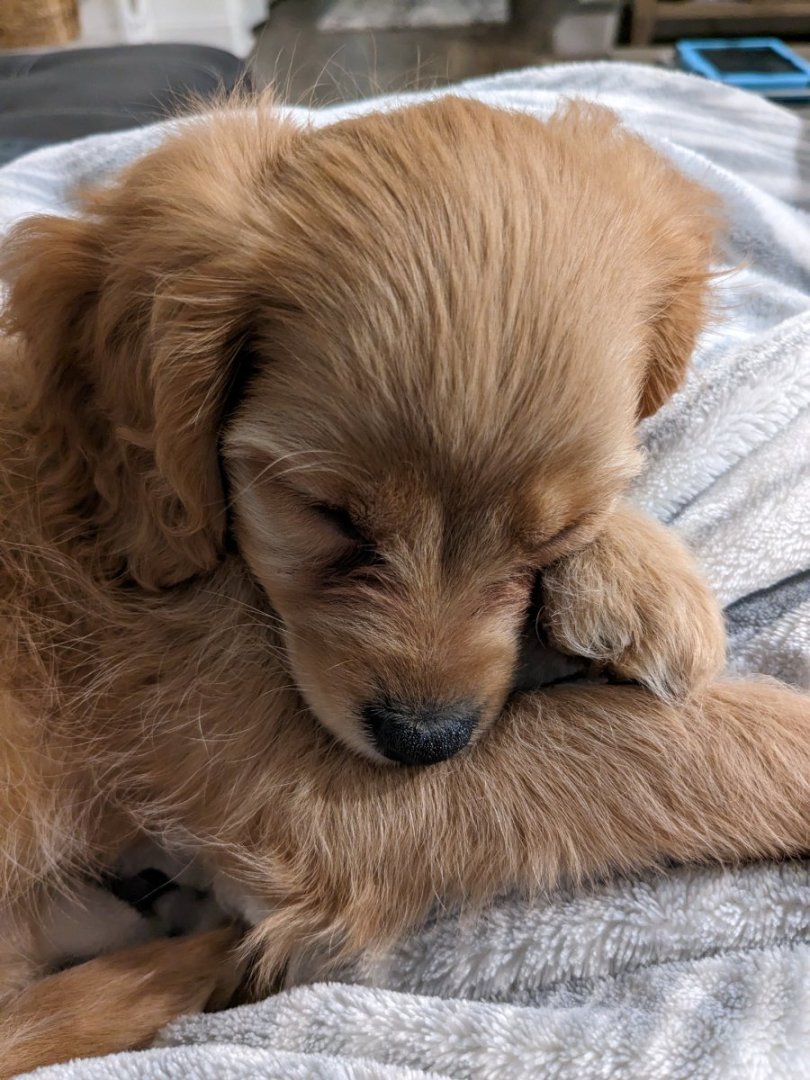-
Posts
10,519 -
Joined
-
Last visited
Content Type
Profiles
Forums
Gallery
Events
Everything posted by ccoyle
-
Hi, Rick! Yep, that's me, and we have a few other dual members as well. We're doing what we can to make card models respectable around here!
-
MSW follows the copyright/fair use laws of the United States. Fair use allows short snippets of copyrighted works to be used for discussion or critique; a rule-of-thumb (not a legal standard) is about 5% of a work. The exact percentage allowable is made on a case-by-case basis only when an infringement is challenged in court. Most excerpts posted at MSW fall well within the amount allowable under fair use. Works whose copyright has expired and which are now considered to be in the public domain carry no such restrictions. In the US, copyright protections are automatic for the life of the author plus 70 years.
-
Welcome! We look forward to seeing it!
-
Sharing the files for discussion is fine. The question becomes a bit trickier should it ever seem that you are actually distributing the files -- that would bring up the question of whether your work is sufficiently derivative to not be considered a copyright violation (a determination that ultimately can only be decided by a court). One way to avoid that might be to make the files read-only.
-

Artesania Latina 1/50 Jolie Brise cutter kit
ccoyle replied to Mike Esposito's topic in Wood ship model kits
Only AL can answer that question. But, good news -- there are plenty of other cutter-type kits available out there. Keep looking until you find an in-stock example that grabs your interest. -
I don't treenail, either, at the scales I work in. It's not because I don't like the look, which is fine when people do a good job of it. It's just that real-life treenailing is very subtle in appearance, and at scale viewing distances treenails are pretty much invisible. It's the same reason I don't do any sewing on my sails -- scale needlework is impossible to do.
-
Welcome aboard!
-
We have had dogs for years (I'm allergic to cats). We raised nine guide dog puppies. Most of our own have been mixed breeds of one sort or another, but our Old Man at the moment is a 15-year-old Cavalier. He is very dominant (I call him the 'anti-Cavalier') and is not completely thrilled about the new addition 😅. Our youngest daughter has a super-sweet-tempered Cavalier as well.
-
Update: All modeling work at Casa de Coyle has temporarily been grounded, as we have new addition to the family. Keeva is a ten-week-old Cavapoo, and despite her innocuous look in this photo, she is much like any other puppy at this 'terrible twos' stage -- she needs lots of training and socializing. It will be quite awhile before she can be crated long enough to get some modeling time in, and longer before she will be trusted enough to have free rein in the house. So, for now, models are in a wait-and-see holding pattern. Cheers!
-

Swan-Class Sloop by Stuglo - FINISHED - 1:48
ccoyle replied to stuglo's topic in - Build logs for subjects built 1751 - 1800
Beautiful result -- congratulations!- 475 replies
-
Very convincing furled sails! (P.S. I always have mixed feelings when I see a 'sailing ship' motoring along with all her sails furled.)
- 114 replies
-
- Pride of Baltimore II
- Model Shipways
-
(and 1 more)
Tagged with:
-
The hull lines and rig are not beyond the reach of a motivated beginner. The only reservation I would have is the scale -- some modelers find 1/100 to be a challenge when working in wood. Also, some details are really hard to pull off with scale fidelity at anything smaller than about 1/64, e.g. gun tackles. It depends in part on how much detail you want to incorporate. In my case, I have done gun tackles at 1/64 (tedious, but doable), but I do not plan to add them to the 1/72 scale build I have in my queue, as the necessary blocks would simply be too small.
-
I figured as much, but are you sure there isn't a nod to Bob Seger in there as well? 😉
- 4 replies
-
- Cutty Sark
- Billing Boats
-
(and 1 more)
Tagged with:
-
And thank you for coming out of the shadows! The more active members, the merrier!
-
I think I just now figured out your username.
- 4 replies
-
- Cutty Sark
- Billing Boats
-
(and 1 more)
Tagged with:
About us
Modelshipworld - Advancing Ship Modeling through Research
SSL Secured
Your security is important for us so this Website is SSL-Secured
NRG Mailing Address
Nautical Research Guild
237 South Lincoln Street
Westmont IL, 60559-1917
Model Ship World ® and the MSW logo are Registered Trademarks, and belong to the Nautical Research Guild (United States Patent and Trademark Office: No. 6,929,264 & No. 6,929,274, registered Dec. 20, 2022)
Helpful Links
About the NRG
If you enjoy building ship models that are historically accurate as well as beautiful, then The Nautical Research Guild (NRG) is just right for you.
The Guild is a non-profit educational organization whose mission is to “Advance Ship Modeling Through Research”. We provide support to our members in their efforts to raise the quality of their model ships.
The Nautical Research Guild has published our world-renowned quarterly magazine, The Nautical Research Journal, since 1955. The pages of the Journal are full of articles by accomplished ship modelers who show you how they create those exquisite details on their models, and by maritime historians who show you the correct details to build. The Journal is available in both print and digital editions. Go to the NRG web site (www.thenrg.org) to download a complimentary digital copy of the Journal. The NRG also publishes plan sets, books and compilations of back issues of the Journal and the former Ships in Scale and Model Ship Builder magazines.







